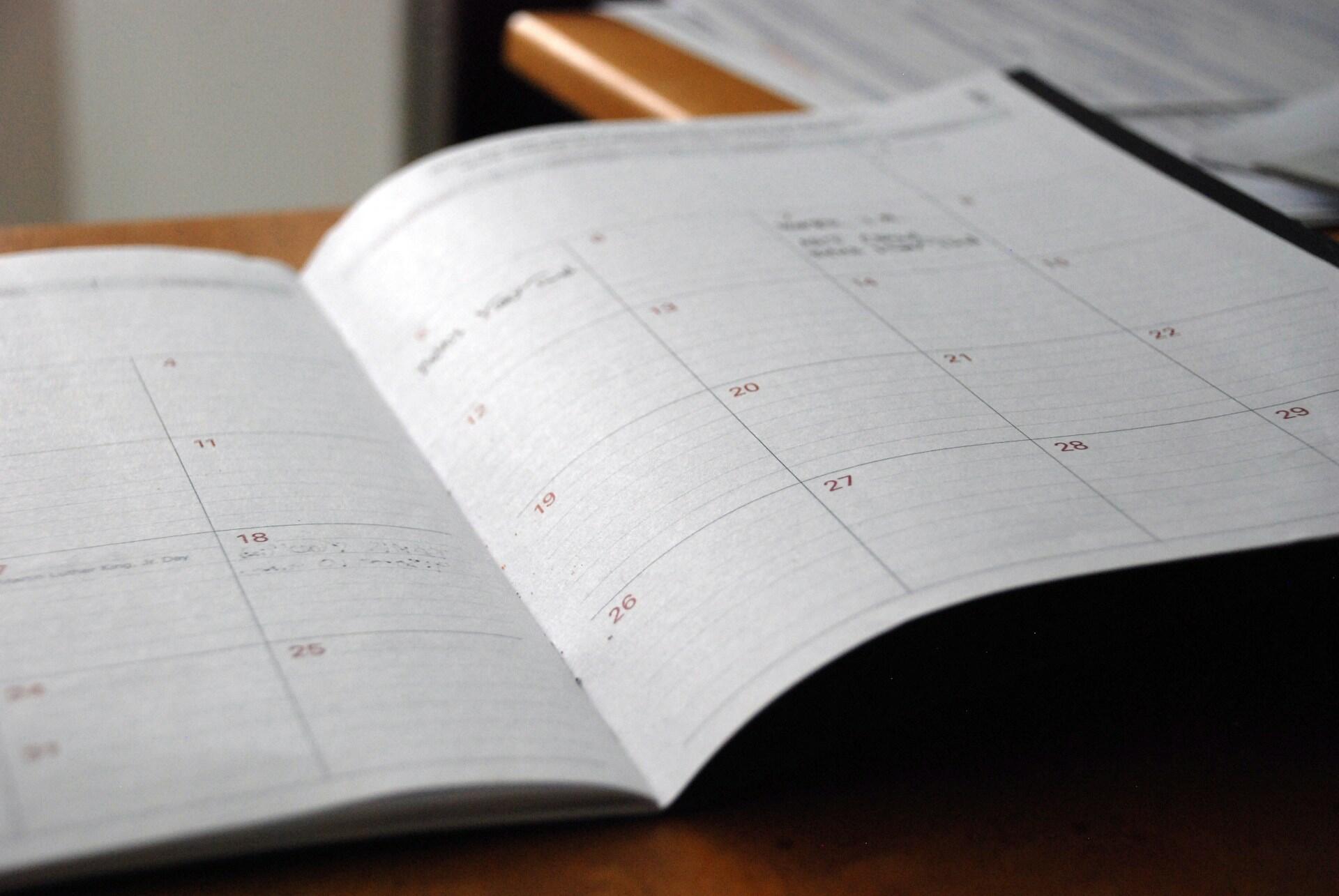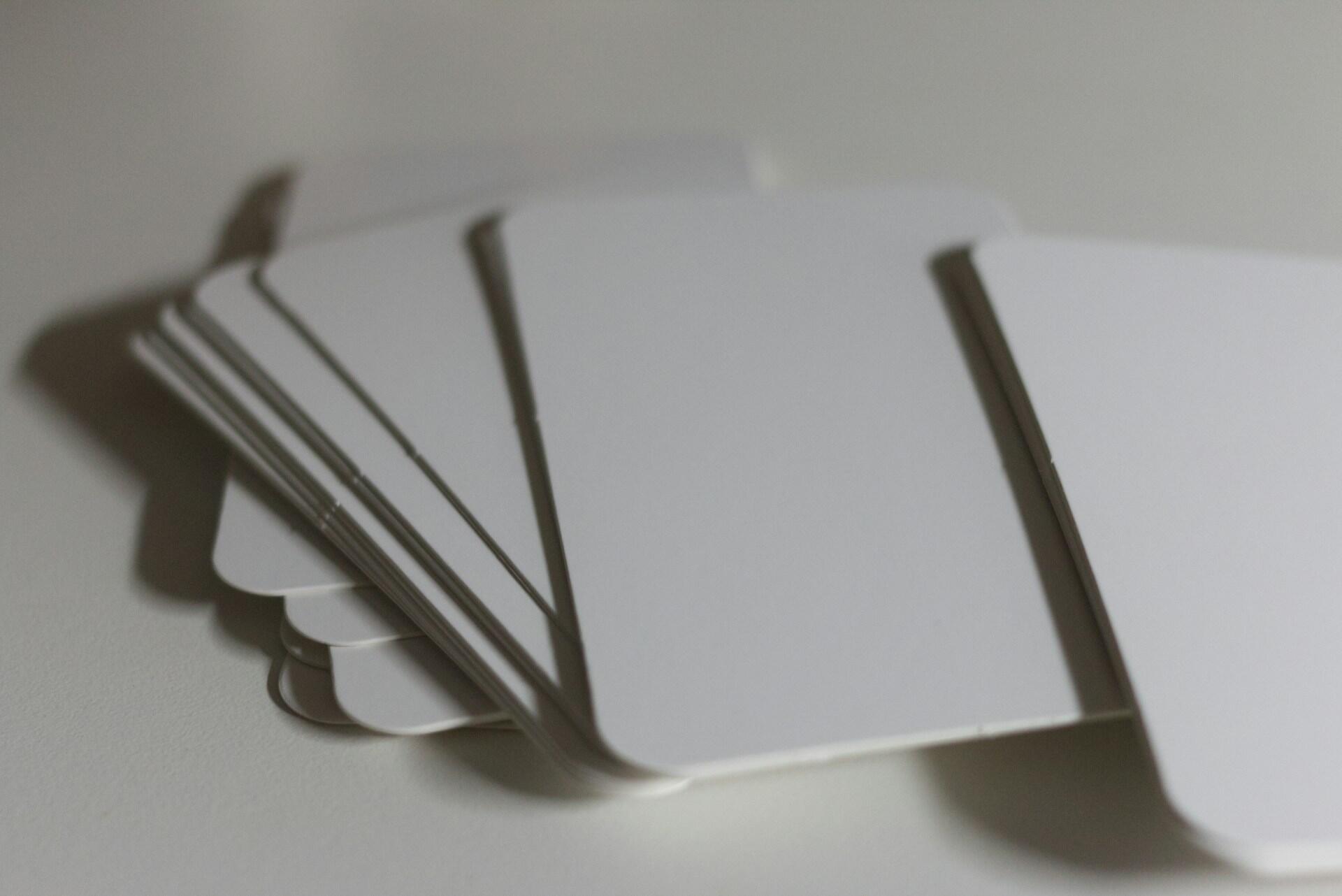Mastering Irish verbs is key if you're preparing for the Leaving Cert Gaeilge exam. You need to know verbs for the oral exam, composition and comprehension questions, and for understanding Irish tenses. We won't give you a full list of Irish verbs, but we'll focus on the most common ones that you should know for your Leaving Cert. If you prefer in-person support, consider Irish grinds Dublin.
| Irish Verb | English | Past (Aimsir Chaite) | Present (Aimsir Láithreach) | Future (Aimsir Fháistineach) |
|---|---|---|---|---|
| bí | to be | bhí mé (I was) | tá mé (I am) | beidh mé (I will be) |
| déan | to do/make | rinne mé (I did) | déanaim (I do) | déanfaidh mé (I will do) |
| téigh | to go | chuaigh mé (I went) | téim (I go) | rachaidh mé (I will go) |
| beir | to take/carry | rug mé (I took) | beirim (I take) | béarfaidh mé (I will take) |
| dún | to close | dhún mé (I closed) | dúnaim (I close) | dúnfaidh mé (I will close) |
| fág | to leave | d’fhág mé (I left) | fágaim (I leave) | fágfaidh mé (I will leave) |
| faigh | to get/obtain | fuair mé (I got) | faighim (I get) | gheobhaidh mé (I will get) |
| feic | to see | chonaic mé (I saw) | feicim (I see) | feicfidh mé (I will see) |
| clois / cluin | to hear | chuala mé (I heard) | cloisim (I hear) | cloisfidh mé (I will hear) |
| ith | to eat | d’ith mé (I ate) | ithim (I eat) | íosfaidh mé (I will eat) |
| ól | to drink | d’ól mé (I drank) | ólaim (I drink) | ólfaidh mé (I will drink) |
| cuir | to put | chuir mé (I put [past]) | cuirim (I put) | cuirfidh mé (I will put) |
| abair | to say | dúirt mé (I said) | deirim (I say) | déarfaidh mé (I will say) |
| éist | to listen | d’éist mé (I listened) | éistim (I listen) | éistfidh mé (I will listen) |
| mol | to praise | mhol mé (I praised) | molaim (I praise) | molfaidh mé (I will praise) |

Why Verbs Are Important for Leaving Cert Irish
It can be hard to think about the long list of Irish verbs without feeling far behind. While in theory, it would be ideal to know each verb inside and out, the truth is that you can save yourself from an awful lot of stress by prioritising your learning towards those that are most commonly used in the Leaving Cert Irish exam.
of the Leaving Cert Irish exam.

Thankfully, there are a host of resources and techniques that you can implement in your learning to make this daunting and frankly mundane task a lot more engaging and enjoyable. Mastering Aimsir Chaite verbs requires practice, and helpful resources such as your Irish hardback copy, Duolingo, Bitesize Irish, and An Gúm Irish language books can significantly assist in the process.
Your command of deponents will be evident in nearly every section of the Leaving Cert assessment. So, if you become confident in your ability to conjugate them according to the respective situation, you are sure to improve your exam and get a high grade in the subject. During the oral exam, which accounts for 40% of the grade, examiners often pose questions that necessitate responses using past, future, and conditional verb tenses.
Another section where you will have an easy time earning marks for all the hard work you put into learning Irish verbs is the Composition (Ceapadóireacht) section. Here, 80 out of the 100 marks are allocated based on proficiency and Irish grammar skills. While the story that you tell is also of significant importance, having a good command of the Irish verbs will help you to tell an engaging story and pick up the majority of these marks with ease.
In the Comprehensions (Léamhthuiscint) section, students may encounter tasks that require them to identify grammatical elements, such as verb tenses. In this article, I will refine the Irish verbs to those most important for the Leaving Cert exams and outline the main rules surrounding the regular deponents in the past, present, and future. Local options like Irish grinds Cork can also provide practical practice and feedback.
Elevate your language skills with tailored Grinds Irish sessions. Our private tutoring brings focused learning to enhance your proficiency.
The Most Common Verbs in Irish for Your Leaving Cert Exam
As a Leaving Cert student, time is not going to be something that you have available to spend. Particularly when it comes to learning every verb in the Irish language. In the interest of maximising your performance in the Leaving Cert Irish exam and saving yourself from learning deponents that you won't even use throughout your assessments, you must focus your study on those that are likely to feature.
You should also have a handful of high-difficulty verbs up your sleeve if you are really looking to differentiate yourself from other Leaving Cert students and cement that H1 grade for yourself. To help you get there, I have reviewed past Leaving Cert papers and identified the most common deponents that appear in written and oral exam questions, as well as those required in your responses.
| Verb | Meaning |
|---|---|
| Irregular Verbs | |
| Bí | To be |
| Faigh | To get |
| Téigh | To go |
| Feic | To see |
| Déan | To do/make |
| Regular Verbs | |
| Caith | To spend/throw |
| Ith | To ea |
| Scríobh | To write |
| Léigh | To read |
| Labhair | To speak |
Leaving Cert examiners rarely expect students to know every verb. Instead, marks are awarded for accuracy with the most common verbs in Irish. If you can confidently use 20–30 verbs across past, present, and future Irish tenses, you’ll cover the majority of questions. Add just a handful of irregular verbs like faigh, feic, and teigh to stand out.
Knowing these deponents should be the very foundation of your knowledge when it comes to infinitives. You will have an easier time answering long questions in Irish in the written section and be more comfortable relying on your ability to form sentences if your prepared material fails to appear on the exam for whatever reason.
How to Use Past Tense Verbs in Irish (Aimsir Chaite)
There are four categories of deponents in Gaeilge. The first type is broad vowels of usually one syllable. The second type is slender vowels of usually one syllable. The third type is broad vowels of usually two syllables, and the fourth type is slender vowels of usually two syllables. Words of one syllable usually just add an ‘h.’ For example, ‘cuir’ which means ‘to put,’ would be ‘chuir’ in the past, and ‘mol,’ which means ‘to praise’ would be ‘mhol’ in the past.

The guidelines for creating the past (Aimsir Chaite) of verbs are split into two primary groups: regular and irregular verbs. Let's delve into each group individually. In the case of regular deponents, the past is crafted by eliminating the ending (a)igh from the root verb and incorporating endings according to the verb conjugation.
The endings for regular Aimsir Chaite verbs are as follows:
For example, the verb "caith" (to spend/throw) follows the first conjugation pattern:
In Gaeilge, whether a verb is broad or slender determines its ending. Broad vowels (a, o, u) usually take simpler endings, while slender vowels (e, i) often create changes in the verb stem. Spotting the vowel group first can save you time in the exam when forming the correct tense.
To implement deponents correctly here, it's crucial to remember their different forms. Some infinitives also experience changes at the beginning (like "Chonaic mé" for "I saw" from the verb "Feic" meaning "to see"). Learning and practising these alterations is essential. Regular practice and familiarity with verb structures are key to mastering this part of grammar, primarily as it is extensively assessed in the Leaving Cert Gaeilge exam. The aural exam is the next component of the exam, worth 10%. While the answers written for the aural are pretty short, some must be written in a sentence.
of the exam.

Understanding Present Tense Verbs in Irish (Aimsir Láithreach)
In Gaeilge, the present (Aimsir Láithreach) is used to describe things that are currently happening or events that occur regularly. How you form it depends on whether the verb is regular or irregular. In the present, there is no ‘h’ at all for regular infinitives. For the ‘I’ part, type 1 take an ‘aim’ and type 2 take an ‘im.’ So, ‘mol’ becomes ‘molaim’ for ‘I praise’ and ‘cuir’ becomes ‘cuirim’ for ‘I put’ in the present tense. Also, ‘tosaigh’ becomes ‘tosaím’ to mean ‘I start’ and ‘bailigh’ becomes ‘bailím’ to mean ‘I collect.’
Regular deponents in the present follow a pattern. You add endings to the root verb after removing the (a)igh from the ending. Below are the endings for infinitives in the present tense;
For example, the deponent "caith" (to spend/throw) follows the first conjugation pattern:
To incorporate deponents correctly here, it's important to commit their different forms to memory. Mastering this part of grammar, which is extensively assessed in the Leaving Cert exam, requires regular practice and familiarity with present forms. Utilising resources such as your Leaving Cert textbook, supplementary online tools and receiving support from tutors can significantly strengthen your grasp of present infinitives. Unlock fluent Gaeilge communication with our personalised Irish grinds online. Our expert tutors ensure effective learning tailored to you.
Forming Future Tense Verbs in Irish (Aimsir Fháistineach)
In the Irish language, the future (Aimsir Fháistineach) is used to describe actions that will occur in the future. How you form the tense depends on whether the verb is regular or irregular. Regular deponents form the future by adding endings to the root deponent after removing the ending (a)high. In the future tense, there is no ‘h’ at all for regular deponents. Type 1 take a ‘faidh’ and type 2 take a ‘fidh.’ This rule changes ‘mol’ to ‘molfaidh’ and ‘cuir’ to ‘cuirfidh’ to mean ‘will praise’ and ‘will put’ respectively.

Below are the endings for Regular infinitives in the Future. For example, the deponent "caith" (to spend/throw) follows the first conjugation pattern:
Irregular deponents deviate from the conjugation rules and need to be memorised individually. While that might sound like an awful lot of effort for a few exceptions to the rule, once you memorise what the exceptions are, you'll never forget them. One thing that you will need to ensure when using this tense is to learn the irregular conjugations. Mastering this aspect of grammar, as tested in the Leaving Cert Irish exam, requires regular practice and familiarity with future forms. If you go back and reexamine your papers, you'll find that infinitives are embedded all over the written exam.
While less frequent than past, present, and future, the conditional tense (‘I would…’) often comes up in the oral exam when you’re asked about hopes or hypothetical situations. Knowing a few key conditional forms (d’ólfainn – I would drink, dhéanfainn – I would do/make) can quickly impress examiners.
Tips for Learning Irish Verbs
Every student is different, and although learning verbs in Irish can feel overwhelming, there are effective ways to understand them. Firstly, remember that you don't have to memorise every single variation at once. You can build up your Irish tenses first.
Group them by tense, starting with the past, present, and future, as these appear most frequently on Leaving Cert Irish exams. Once you've managed these three tenses, you can move on to less frequent forms like the conditional tense. Examiners want to see that you can use verbs naturally and appropriately, not that you've learned every possible form off by heart.
Use flashcards and apps to help you practise. You could write the verb root on one side of the card and the conjugated form on the other. Repetition is key, as the more often you see a verb, the more easily you'll remember it. With memory, little and often is more effective than cramming, so get into the habit of regularly practising your verbs. By making sentences yourself, you'll gain a deeper understanding of how the verbs are used and will better remember them. Alternatively, you could arrange local lessons through Irish grinds Galway for one-to-one guidance.
Don't forget to practise aloud, too! This engages other parts of your brain, and by reading, writing, speaking, and listening (the core skills in almost every language), you'll learn more effectively. This practice will also make you more confident in the oral exam.
Focus on the Irish verbs that you struggle with. While you should return to verbs you've mastered to brush up on them, you'll improve your accuracy and fluency much more by ironing out any errors you regularly make, making you more likely to pick up marks in your exams.

Don't forget to practise aloud, too! This engages other parts of your brain, and by reading, writing, speaking, and listening (the core skills in almost every language), you'll learn more effectively. This practice will also make you more confident in the oral exam.
Focus on the Irish verbs that you struggle with. While you should return to verbs you've mastered to brush up on them, you'll improve your accuracy and fluency much more by ironing out any errors you regularly make, making you more likely to pick up marks in your exams.
Learn Irish Verbs Effectively with Superprof
On top of all the online resources that you have available to you, Superprof Irish tutors can teach you the deponents, as well as the conditional and imperfect tenses, in the most optimal mode of learning. As seen from the examples above, infinitives are quite complex and require considerable time to understand, given the numerous rules and exceptions that govern them. This article has covered regular deponents in the past, present, and future.
You could also go through the Leaving Cert syllabus with them to ensure that you have an adequate guide to the Irish Leaving Cert. Superprof provides a platform for students like yourself who are looking for guidance in mastering Gaeilge infinitives. With a network of tutors scattered across Ireland, you have access to tailored lessons to improve your verbal skills. Whether you prefer face-to-face sessions or the convenience of online tutoring through webcam, Superprof accommodates your learning preferences. Mastering verbs in Gaeilge is crucial for achieving a high standard in your exam. Verbs are the backbone of any verbal communication, and understanding their use in various tenses and forms, including the subjunctive, is essential. For students in Munster, Irish classes Limerick is a great local option.
Superprof tutors make learning these verbs easy and engaging, using a mix of standard teaching methods and innovative techniques. With their help, you can read, edit, and review verb usage, ensuring you are well-prepared. Whether you're dependent on Collins' book or online resources, Superprof tutors provide analytic insights tailored to your needs.
The tutors on Superprof will know the curriculum and the language like the back of their hands, making them more than capable of getting you up to speed for the looming exam date. By engaging with Superprofs tutors, you can enjoy a tailored approach to learning the most essential and impressive components of your Leaving Cert Gaeilge exam. Their expertise and commitment can assist you in tackling any challenges, like prepositions in Irish, that you might face on your way to succeeding in the examination.















